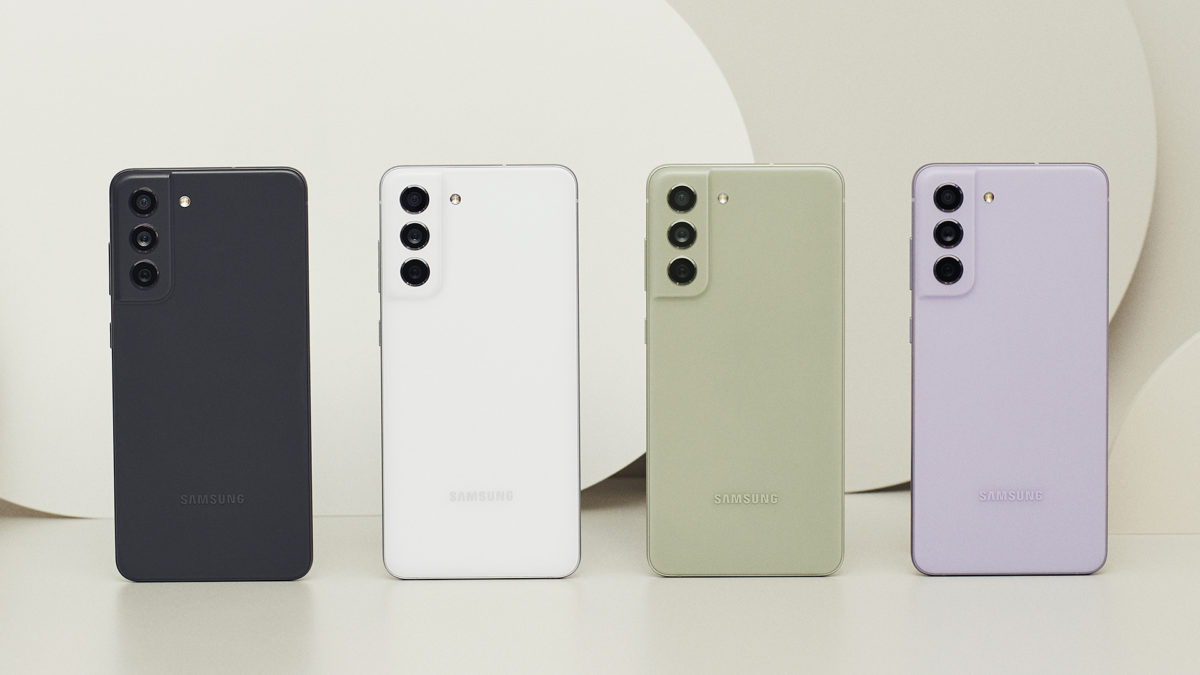
If there’s one thing we can say about the pending Galaxy S22 launch it’s that, S22 Ultra aside, the range looks very similar to the S21 series, and those phones hadn’t changed much from Samsung’s Galaxy S20 portfolio. This is not strictly a bad thing — the new models still feature an array of very welcome incremental improvements, from faster charging to improved camera setups, without ruining an otherwise top-class experience. But the days of raging innovation and game-changing new devices are now firmly in the rearview mirror. Unless that is, you believe that foldables are the future.
A slower cadence of hardware innovation is far from a Samsung-specific phenomenon. Apple’s iPhones have remained virtually unchanged for years, and models from OnePlus, Xiaomi, and others all have their own familiarities too. Of course, some brands, such as Google’s Pixel, have changed more than others in recent years and the mid-range market is moving more rapidly. But in general, flagship smartphones have settled on a pretty static, ideal formula — a decent processor and display, speedy charging features, and triple cameras are all staples of the space. Refinement rather than revolution is the current state of play, as you’d expect from a market that’s now well into maturity.